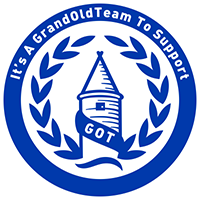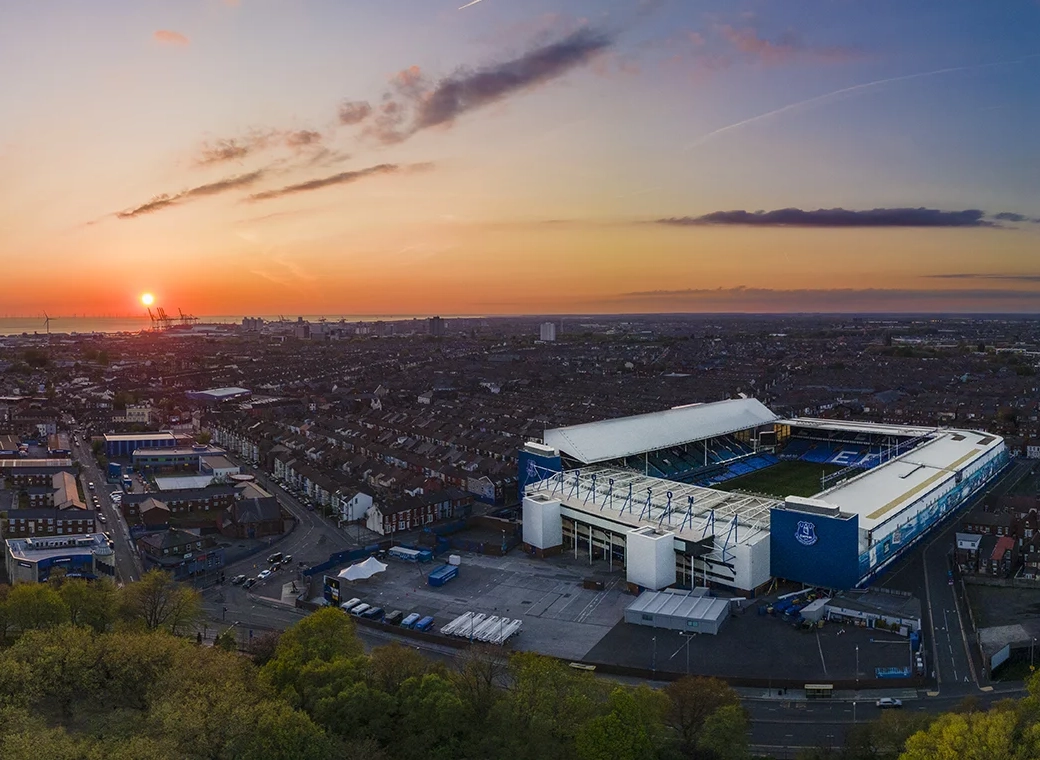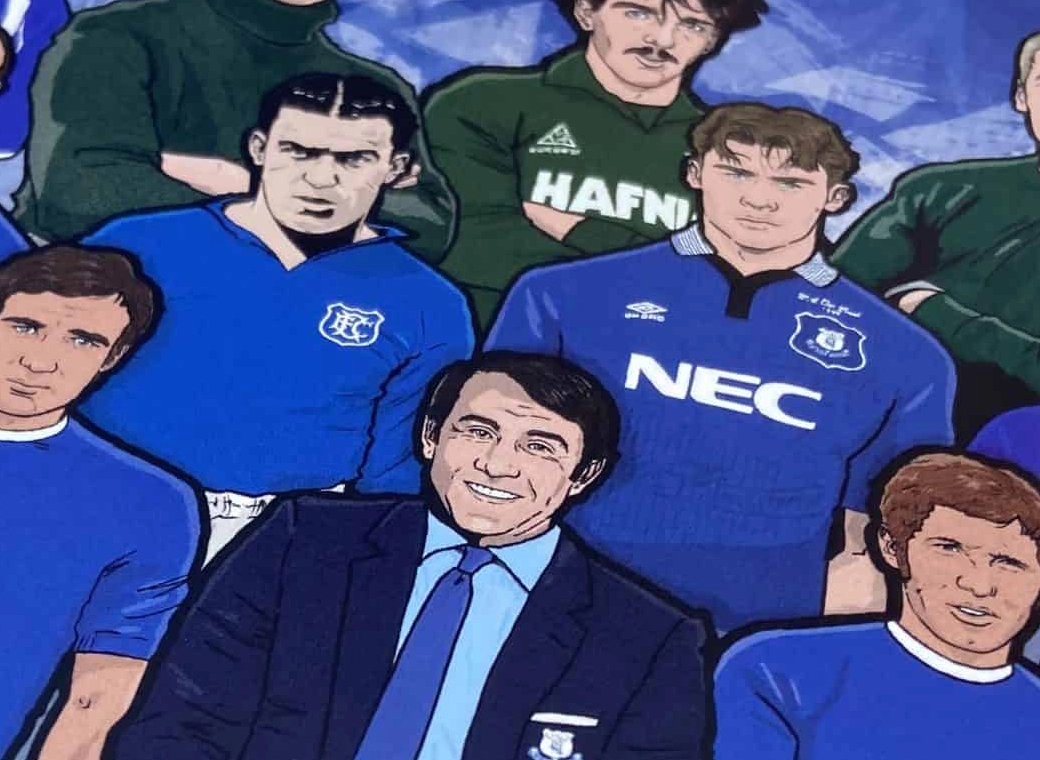Pretty confident @barneygumble is a Jets fan. Mets, Jets, Everton.Which team is we? Because I can see both fan bases being happy enough with this. It gives the Seahawks a better shot at making it to another Super Bowl (I don't think they're close enough to justify this level of giving up picks, but they do) and the Jets get a ton of assets to work with going forward.
You are using an out of date browser. It may not display this or other websites correctly.
You should upgrade or use an alternative browser.
You should upgrade or use an alternative browser.
The NFL Thread, 2019
- Thread starter SerenityNigh
- Start date
- Status
- Not open for further replies.
TheBigIguana
Player Valuation: £100m
Well condolences on that selection of teams Barney. But a good trade for you on this occasion.Pretty confident @barneygumble is a Jets fan. Mets, Jets, Everton.
That trio builds characterWell condolences on that selection of teams Barney. But a good trade for you on this occasion.
barneygumble
Player Valuation: £60m
Pretty confident @barneygumble is a Jets fan. Mets, Jets, Everton.
Apparently I’m also an Islanders fan, due to strong ties to Long Island but couldn’t tell you I’ve watched a game in my life

Also have the unfortunate ties to
Málaga, FC Köln and Genoa... basically disapponting.
But definitely happy with the trade of Adams. Didn’t want to be here and the haul was a massive. Hopefully they will be able to gauge college ball nicely and use the picks nicely this time.
2021 or 2022 is when the Jets May compete again.
I grew up on Long Island and you have the perfect assortment of NY teams! Isles-Rangers games were something else back in the day. Electric atmosphere, fistfights throughout the Coliseum. The good old daysApparently I’m also an Islanders fan, due to strong ties to Long Island but couldn’t tell you I’ve watched a game in my life lol
Also have the unfortunate ties to
Málaga, FC Köln and Genoa... basically disapponting.
But definitely happy with the trade of Adams. Didn’t want to be here and the haul was a massive. Hopefully they will be able to gauge college ball nicely and use the picks nicely this time.
2021 or 2022 is when the Jets May compete again.
barneygumble
Player Valuation: £60m
I grew up on Long Island and you have the perfect assortment of NY teams! Isles-Rangers games were something else back in the day. Electric atmosphere, fistfights throughout the Coliseum. The good old days
Ive been to the Nass, think they played the Penguins... just can’t say I’ve ever sat down and watched a game on the TV.
Think it goes back to Jets and Mets both playing at Shea and the family living in Huntington and Southampton. So it’s always been Long Island teand I’ve been raised on.
I wouldn’t change it, in a weird way, they’re so very Everton esque in the sense that Giants, Yankees, Rangers all have the bigger Draw (sounds familiar right?)

Rook
Player Valuation: £80m
How have we managed this?
Great by the GM.
I would advise firing the coach before he ruins those picks.
barneygumble
Player Valuation: £60m
I would advise firing the coach before he ruins those picks.
He’s a goner. It’s fine, our schedule this year will kill him (I hope)
Season hasn't started but the hope for my Vikes is draining already.
Sign of a true Vikings fanSeason hasn't started but the hope for my Vikes is draining already.

Being a sports fan is like being a smoker. Part of the dependency is the ritual and structure of it. The smoker takes a break every hour to smoke, collect his thoughts and get the nicotine hit. The football fan has their weekend in the fall, where they have scheduled social activities around games. Like the smoker, the sports fan builds their life around the habit.
People who quit a vice like smoking or drinking note that they also quit the social scene that goes with it. They lose touch with Sally from accounting who they used to take smoke breaks with every day. The people at the bar are no longer a part of their life. That’s what will happen with sports. Those weekends in the fall will be filled with other things and after the withdrawal pains subside, the habit will be lost. People who cut cable know this experience. In time, you don’t miss it.
This is not idle speculation. It has been known for a long time in the sports world that the recovery time after a work stoppage is very long. When a sports league shuts down due to labor strife, it takes years for the fans to return. It’s not because they are mad at the greedy players and owners. The fans simply find other things to do with their time and many of them drift away entirely.
There is one final piece to this puzzle. The growth of sports entertainment has tracked the arc of the Baby Boom generation. Look at attendance figures for sports in the 1960’s and 1970’s, before Boomers were dominating the market. Ball parks rarely sold out and the audience for televised product was limited. In the 1980’s as the Boomers took over the marketplace, sports boomed. When they could play tennis, professional tennis was huge. Then it was golf that had a boom.
The fact is, the sports entertainment model was built for and on the Baby Boomer generation, which is now entering its power down cycle. Boomers are retiring and that means down-sizing their lives.
People who quit a vice like smoking or drinking note that they also quit the social scene that goes with it. They lose touch with Sally from accounting who they used to take smoke breaks with every day. The people at the bar are no longer a part of their life. That’s what will happen with sports. Those weekends in the fall will be filled with other things and after the withdrawal pains subside, the habit will be lost. People who cut cable know this experience. In time, you don’t miss it.
This is not idle speculation. It has been known for a long time in the sports world that the recovery time after a work stoppage is very long. When a sports league shuts down due to labor strife, it takes years for the fans to return. It’s not because they are mad at the greedy players and owners. The fans simply find other things to do with their time and many of them drift away entirely.
There is one final piece to this puzzle. The growth of sports entertainment has tracked the arc of the Baby Boom generation. Look at attendance figures for sports in the 1960’s and 1970’s, before Boomers were dominating the market. Ball parks rarely sold out and the audience for televised product was limited. In the 1980’s as the Boomers took over the marketplace, sports boomed. When they could play tennis, professional tennis was huge. Then it was golf that had a boom.
The fact is, the sports entertainment model was built for and on the Baby Boomer generation, which is now entering its power down cycle. Boomers are retiring and that means down-sizing their lives.
We’re on to 2020

 www.grandoldteam.com
www.grandoldteam.com

NFL thread - 2020
Cannot wait. So excited to stay up and then fall asleep on the sofa about 5 mins into the 1st quarter before the wife comes down and moans that I'm not in bed as I'm up early for work. Strangely confident for the Giants season this year, I like the cut of our new HC's jib. We'll inevitably be...
Toast
Player Valuation: £80m
Ah, ignored content.We’re on to 2020

NFL thread - 2020
Cannot wait. So excited to stay up and then fall asleep on the sofa about 5 mins into the 1st quarter before the wife comes down and moans that I'm not in bed as I'm up early for work. Strangely confident for the Giants season this year, I like the cut of our new HC's jib. We'll inevitably be...www.grandoldteam.com
Enjoy the season lids.
Ravens win it..
- Status
- Not open for further replies.









